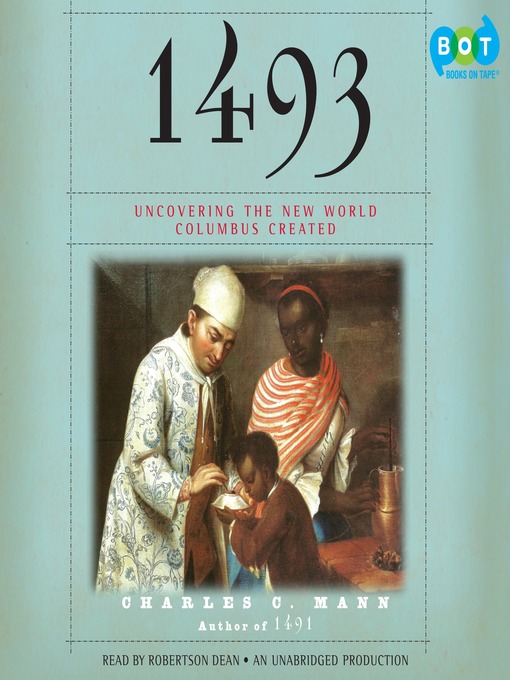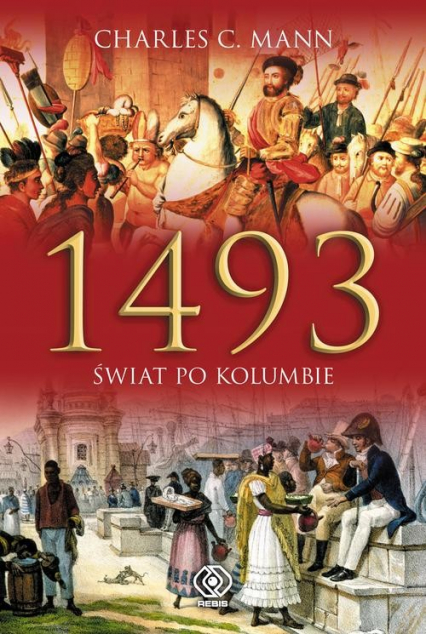

Mann shows, the Columbian Exchange underlies much of subsequent human history. Much as Columbus created a new world biologically, Legazpi and the Spanish empire he served created a new world economically.Īs Charles C. It was the first time that goods and people from every corner of the globe were connected in a single worldwide exchange. In Manila, a city Legazpi founded, silver from the Americas, mined by African and Indian slaves, was sold to Asians in return for silk for Europeans.

He sailed west to establish continual trade with China, then the richest, most powerful country in the world. Earthworms, mosquitoes, and cockroaches honeybees, dandelions, and African grasses bacteria, fungi, and viruses rats of every description - all of them rushed like eager tourists into lands that had never seen their like before, changing lives and landscapes across the planet.Įight decades after Columbus, a Spaniard named Legazpi succeeded where Columbus had failed. More important, creatures the colonists knew nothing about hitched along for the ride. The Columbian Exchange, as researchers call it, is the reason there are tomatoes in Italy, oranges in Florida, chocolates in Switzerland, and chili peppers in Thailand. Driven by the economic goal of establishing trade with China, he accidentally set off an ecological convulsion as European vessels carried thousands of species to new homes across the oceans. When Christopher Columbus set foot in the Americas, he ended that separation at a stroke. Isolated from each other, the two halves of the world developed radically different suites of plants and animals. More than 200 million years ago, geological forces split apart the continents. From the author of 1491 - the best-selling study of the pre-Columbian Americas - a deeply engaging new history that explores the most momentous biological event since the death of the dinosaurs.


 0 kommentar(er)
0 kommentar(er)
